Seasons – June 2020
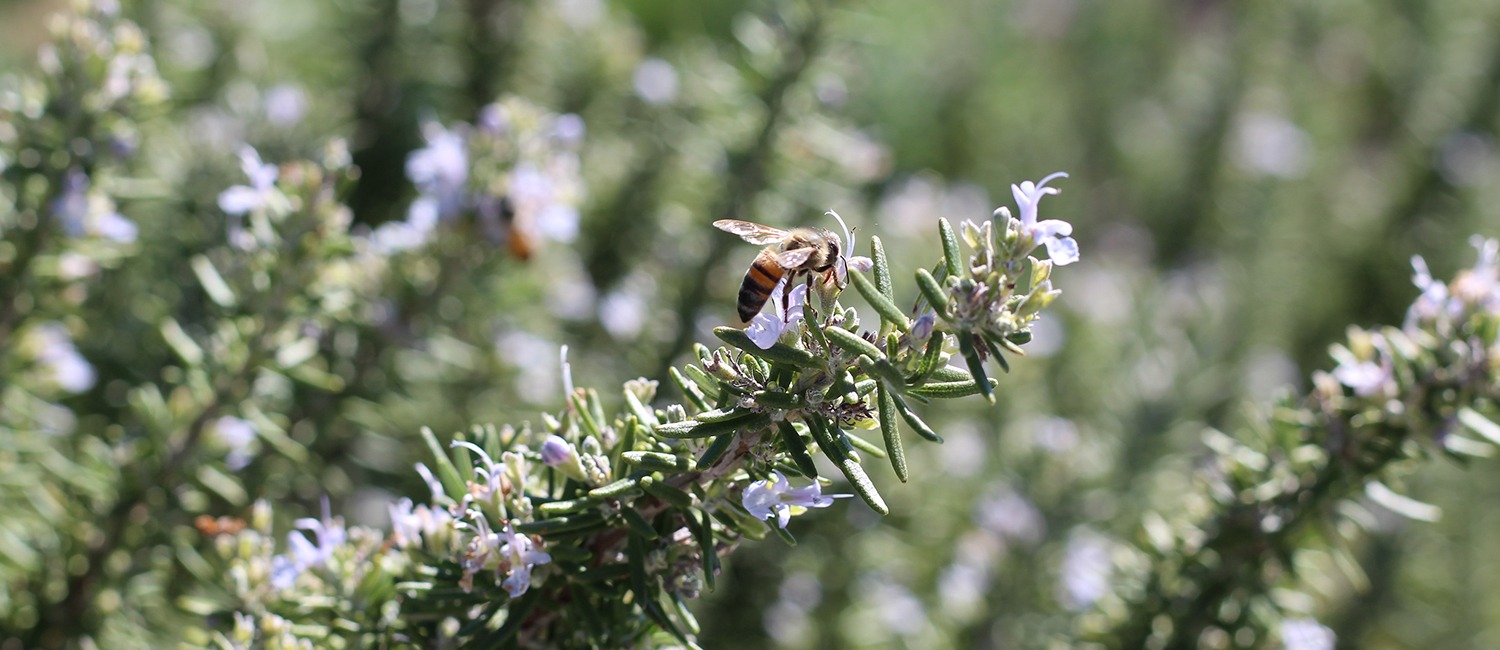
From the Plateau Land & Wildlife Management Team
The first half of the year seems to have flown by and another hot, Texas summer is upon us. This spring has been wetter than usual allowing the flora and fauna to thrive. With all of the wildflowers in bloom, many of us are seeing butterflies, bees and other pollinators in a flurry of activity on their property.
Pollinators are key for the survival of crops and other native plants, and are an important consideration for all landowners whether you are in Wildlife Management or not. In this issue of Seasons, you’ll find articles on how to manage for native pollinators, beekeeping as a form of Ag use, suggested organic pesticides that minimize risk to bees, and more!
Until next Seasons,
The Plateau Team
Table of Contents
Managing for Native Pollinators
Beekeeping as an Agricultural Use
Wildlife Management Activity Reminder: Chemical Control Brush Management
Service Spotlight: On-Demand Webinar
Native Bees & Organic Pesticides
Plateau Land Group Featured Listing
News for Texas Landowners
Managing for Native Pollinators
By Shane Kiefer, Director of Ecological Services, Certified Wildlife Biologist and Registered Property Tax Consultant
As seen in Texas Land Conservancy Newsletter
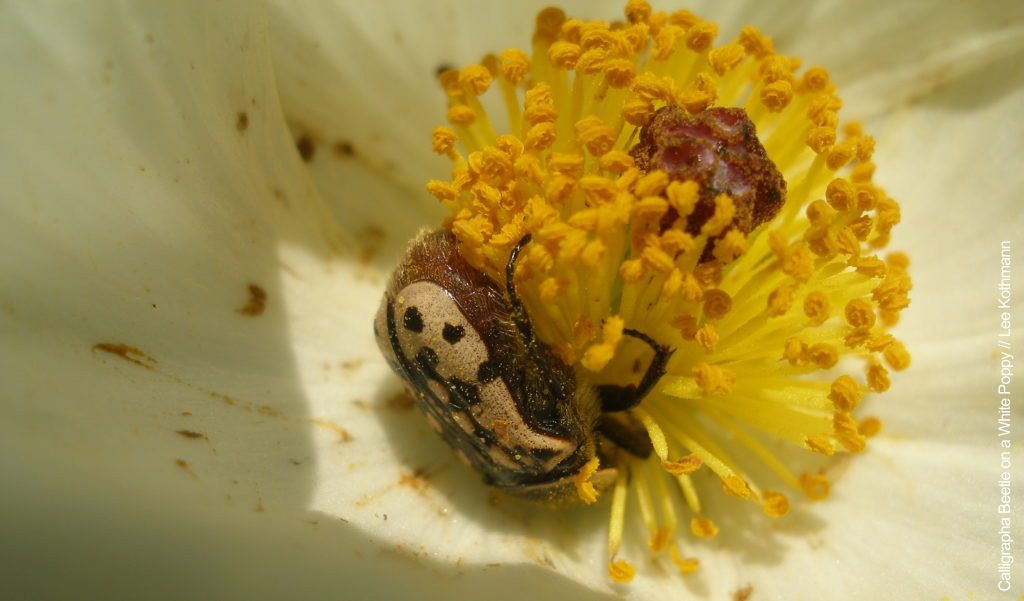
Photo of Calligrapha Beetle on a White Poppy by Lee Kothmann
You have likely heard a lot about the importance of pollinators in the last few years. Concerns about declines in pollinator health are not new, but they received official attention with a Presidential Memorandum to create a federal strategy to promote pollinator health in June 2014.
Much of the attention given to pollinators goes to honeybees due to their importance to our agricultural crops. But there are over 700 native bee species that occur in Texas, not to mention all the butterflies, moths, flies, beetles, bats, and other animals that act as pollinators. Many of these also pollinate crops and are essential to the survival of the native plants that depend on them – including the beautiful wildflowers we are currently enjoying.
While planting pollinator-friendly species such as native wildflowers or host plants for butterflies is an excellent management activity, there are many other options that follow some general rules to promote native pollinators. Some are as simple as minor adjustments to things you may already be doing, and can count towards your qualifying Wildlife Management activities. Many will also encourage other wildlife species to use your property.
1) Promote diversity
Don’t just focus on types of plants available but also on the structure of the vegetation and natural shelter available in your habitats. This often means doing less – mow less, weed less, clean up less. When planting, be sure to include species that bloom at different times during the growing season. Pollinators need food even after the spring flowers are gone.
2) Use what nature gives you
Those native weeds and lesser-known wildflowers are important, too. If your site already has natural diversity avoid doing things that discourage it, such as frequent mowing or overgrazing (especially during the growing season) or using herbicides indiscriminately. I commonly see landowners ask about controlling that tall, leafy weed under their trees, not knowing that frostweed (Verbesina virginica) is an attractive and important butterfly nectar source in the fall.
3) Work in patches
The opposite of diversity is uniformity. A clean, uniform pasture or forest may be visually appealing to our pastoral sensibilities, but it does not provide diversity (see Rule 1). For example, when mowing an area, mow in strips or small blocks, leaving uncut areas in between and along edges. Even after the flowers are done blooming, standing vegetation provides cover and nest sites for insects and other small wildlife. This can also apply to planting projects. If you don’t have space or budget to plant large areas for pollinators, even small patches can provide benefits.
4) Embrace a little mess (even if only in areas you can’t see)
Standing dead trees, dead branches, rotting logs, and brush or wood piles provide nesting sites for many native bees. Leaf and other vegetative litter provide shelter for adult and immature insects. Retain these in areas where they do not pose a safety hazard or fire risk. Similar to cavity-nesting birds, you can supplement these natural nest sites with artificial bee houses for mason bees, bumblebees, and others.
5) Start at ground level
Part of structural diversity is providing patches of bare ground for pollinators. Many native bees are ground-nesters and need scattered patches of undisturbed, bare soil. This is one of many reasons that sod-forming, non-native grasses like bermudagrass or bahiagrass are bad for wildlife. In addition to choking out plant diversity, they also eliminate structural diversity. Native bunchgrasses will naturally provide semi-bare patches of soil, and spot-treating non-native grasses with herbicides, flash grazing, or winter discing to expose soil can enhance old pastures for pollinators.
The list of beneficial management activities is long, but if you follow these general guidelines, you will be promoting pollinator health whether in your backyard, your pasture, or your timber stand. So plant those flowers and host plants, but also skip some mowing, let that corner of your backyard grow a little wild, leave some dead limbs, and let a few weeds grow. Our native pollinators will appreciate it.
As an additional resource, check out Texas Parks & Wildlife’s guide providing Management Recommendations for Native Insect Pollinators in Texas.
Have questions about managing for native pollinators in your Wildlife Management Plan? Please contact us at [email protected] or (512) 894-3479.
Back to TopBack to Top
Beekeeping as an Agricultural Use
By Shane Kiefer, Director of Ecological Services, Certified Wildlife Biologist and Registered Property Tax Consultant
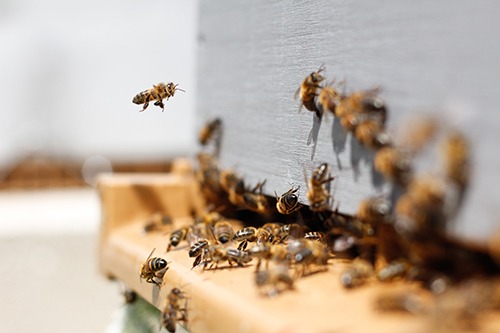 In most of Texas, it is no longer a secret that beekeeping is a qualified agricultural operation for property tax purposes. There are some restrictions: the bees must be used for pollination or production of a tangible product with commercial value (e.g. honey, wax, etc.) and the land dedicated for such purposes must be 5-20 acres in size. Note that it does not require commercial production, which means you do not have to actually sell the products, unlike in other forms of agricultural use. Additionally, land set aside for residences or for other secondary uses should not be included in determining the acreage that is dedicated for the primary-use of beekeeping.
In most of Texas, it is no longer a secret that beekeeping is a qualified agricultural operation for property tax purposes. There are some restrictions: the bees must be used for pollination or production of a tangible product with commercial value (e.g. honey, wax, etc.) and the land dedicated for such purposes must be 5-20 acres in size. Note that it does not require commercial production, which means you do not have to actually sell the products, unlike in other forms of agricultural use. Additionally, land set aside for residences or for other secondary uses should not be included in determining the acreage that is dedicated for the primary-use of beekeeping.
This is a potentially valuable class of agricultural production for landowners with 5-20 acre properties who want to establish their open-space (ag) valuation without having to graze livestock on such a small area, which is unsustainable pretty much anywhere in Central or West Texas.
Wildlife management valuation is a great option for these properties but, as you know, it only applies to properties that are currently qualified open-space land, and you cannot build a history to apply for open-space by doing wildlife activities. Beekeeping gives a new option for small acreage landowners who need to establish a 5-year agricultural history to acquire their open-space valuation. It also works well for properties that may have been subdivided and are too small to continue in wildlife management appraisal.
While the Tax Code now allows for this type of agricultural use, the intensity standards and requirements vary by appraisal district. That means that you should not rush out and buy hives and a beekeeper suit until you speak with your appraisal district or a knowledgeable professional about the expected requirements. Many appraisal districts require a minimum of 6 hives and registering hives with the Texas Apiary Inspection Service.
As always, Plateau is here to help you manage the process of building your agricultural history and working with the appraisal district to determine what is needed for your operation to be a success. We have relationships with professional beekeepers to help connect you with additional support. Starting on the correct path is essential to avoid losing several years of effort when it comes time to finally qualify.
For questions and resources, please contact us at [email protected] or (512) 894-3479.
Back to TopBack to Top
Wildlife Management Activity Reminder: Chemical Control Brush Management
By Kameron Bain, Landowner Account Manager
Timing is (almost) everything in chemical control of brush
 The right tool is essential to a job well done. Many brush species simply do not respond to mechanical treatments like mulching, shredding, bulldozing, or cutting. Mesquite just gets “angry” when you cut off the plant above ground, coming back with many sprouting stems to replace the one you removed. Prickly pear problems can be made even worse because the scattered pieces of plant can sprout new cactus, multiplying your problem.
The right tool is essential to a job well done. Many brush species simply do not respond to mechanical treatments like mulching, shredding, bulldozing, or cutting. Mesquite just gets “angry” when you cut off the plant above ground, coming back with many sprouting stems to replace the one you removed. Prickly pear problems can be made even worse because the scattered pieces of plant can sprout new cactus, multiplying your problem.
How do I do it?
When can chemical control be applied?
For questions about your chemical control and/or brush management activity, or if interested in a Plateau Brush Management Plan contact us at [email protected] or (512) 894-3479
Back to TopBack to Top
Service Spotlight: On-Demand Webinar
Butterflies, Wasps & Bees, Oh My! How to Manage for Native Pollinators
Texas has a wide array of native and non-native pollinators throughout the state that affect our daily life as we know it. These pollinators are not only a benefit to the ecosystem but are a benefit to the agricultural economy. During this on-demand webinar, we identify the common pollinators seen throughout Texas, discuss the different eco-services that they provide, and outline different management recommendations for your land to encourage native pollinators.
For more on-demand webinars, or to see our upcoming webinars, check out our event directory. Questions? Contact us at [email protected] or (512) 894-3479
Back to TopBack to Top
Native Bees & Organic Pesticides
By Sarah Kahlich, Senior Wildlife Biologist, AWB, Registered Property Tax Consultant
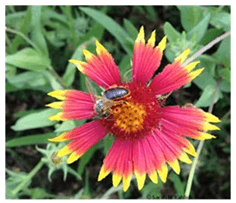
The decline of honey bee populations has caught the attention of many people. Recently, it seems to have become popular to help increase honey bee population, whether it is through seeding an area with a native wildflower mix, planting flowering trees, or establishing honey bee hives. Honey bees receive all the attention, while native bees are often forgotten. Native bees are responsible for pollinating approximately $3 billion worth of crops each year (Xerces Society). As honey bee populations decline native bees become increasingly important in pollinating grasslands and agricultural fields. We rely on native bees to pollinate crops we need for our daily survival.
There are several hundred different species of native bees that can be found in Texas. Most native bees are solitary and individual females establish and provision nest sites all on their own. Some of the more common native bees to become acquainted with are leaf-cutter bees, mason bees, mining bees, squash bees and sunflower bees. Many factors play into the decline of native bees: habitat fragmentation, excessive mowing of fields when flowers are in bloom and pesticide use.
Consideration for the Use of Pesticides
For landowners with smaller tracts of land, pesticides are most commonly used when planting gardens. Inevitably, insects start eating our vegetables and we turn to so-called organic pesticides in the belief they are safer for us and our wildlife. However, some approved organic pesticides such as Diatomaceous Earth kill bees. These products are designed to kill invertebrates, and bees are invertebrates. The use of pesticides is not inherently bad, though it is important to be conscientious about how and when you use pesticides. Even if you are using approved organic pesticides, you need to read the label on the package to see what non-target insects it will harm or kill.
If you have to use pesticides to control insects, The Xerces Society, a non-profit organization that helps protect wildlife through the conservation of invertebrates and their habitat, has created a fact sheet, ‘Organic-Approved Pesticides: Minimizing the Risks to Bees’, that discusses pesticides and bees. Organic pesticides are broken down into insecticides, fungicides, and herbicides and rated by their toxicity to bees (non-toxic to highly toxic). Bees are poisoned when they absorb the toxins through their exoskeleton, drink tainted nectar (or in the case of honey bees tainted water), or when insecticidal dust is trapped in their pollen-collecting hairs and is brought back to the hive where the colony and larvae are located. All species of bees can be harmed by pesticide use, though many guideline labels only mention the toxicity to honey bees and do not mention native bees.
Applying Pesticides
Applying pesticides in a more bee-friendly manner may help reduce the impact on bees. A few factors to keep in mind when applying pesticides are 1) product selection, 2) application method, and 3) timing of application. When applying pesticides, choose the least toxic pesticide to be used and keep in mind the speed and direction of the wind. Reducing drift of pesticides can be controlled through calibrating the equipment and adjusting the spraying nozzle. The best application times are when crops or adjacent weeds are not in bloom or spraying later in the evening when bees are not active.
I have listed a few commonly used pesticides below. If you would like to read the fact sheet in whole it can be found here.
Boric Acid: Is a mild acid and abrasive registered for use when not in contact with food or crops. It is toxic to bees on contact, but because use is targeted for structural pests such as ants and roaches, there is usually little danger that bees will come in contact with it.
Cydia pomonella granulosis: Granulosis virus is intended to control codling moths (fruit tree pest) and has been reported as safe for honey bees (Riedl et al 2006). Threats are likely minimal to other bees as well.
Diatomaceous Earth (DE): DE is a naturally occurring chalk-like rock, that when crushed into a fine powder readily absorbs lipids from the waxy outer layer of insect exoskeleton causing them to dehydrate and die. Spray only when bees are not active, in the late evening or at night (Ellis and Baxendale 1997).
Garlic: This insect repellant can be applied at any time with reasonable safety to bees (Riedl et al 2006). Anecdotal concerns exist about the potential for garlic to mask floral aromas and results in lower bee visitation.
Pyrethrins: These are fast-acting products derived from the pyrethrum (Chrysantehum cinerariiform) plant and acts as a broad-spectrum poison. This pesticide is extremely toxic, as little as 0.02 micrograms are sufficient to kill a bee (Caldwell et al. 2001, Cox 2002). Pyrethrins may be harmful for up to 7 days (Applied Bio-nomics, Ltd 2006).
Alternatives to Pesticides
 If you are opposed to using pesticides to control insects in your garden then consider ‘companion plants’ which are plants designed to deter insects. Marigolds can be planted to deter beetles from getting on asparagus. They repel Mexican beetles, beetles that eat melon plants, nematodes from eggplants and tomato worms. Zinnia planted near cauliflower will attract ladybugs, which in turn will eat most of the pests that attack cauliflower.
If you are opposed to using pesticides to control insects in your garden then consider ‘companion plants’ which are plants designed to deter insects. Marigolds can be planted to deter beetles from getting on asparagus. They repel Mexican beetles, beetles that eat melon plants, nematodes from eggplants and tomato worms. Zinnia planted near cauliflower will attract ladybugs, which in turn will eat most of the pests that attack cauliflower.
Herbs can also be planted to deter pests. Borage planted around your tomato plants attracts more bees for pollination, and it can repel tomato worms. Basil can help deter mosquitoes, flies, and hornworms. There are even vegetables you can plant to act as a companion plant for other vegetables. For example, horseradish pairs well with potatoes as the strong smell of the horseradish deters the potato beetle. For those of you who like radishes, planting them with your spinach will help keep leaf miners from the spinach. Corn and beans are good companion plants as beans attract predatory insects that feed on leafhopper, leaf beetles and fall armyworms which can damage your corn.
All species of bees are important for pollination. Being more mindful of how and when we use pesticides will help both native and honey bees to thrive in the future. By starting today, we can ensure there will be plenty of bees for generations to come.
Back to TopBack to Top
Plateau Land Group Featured Listing
Multi-Use Getaway
132 Acres, $1,029,375
Stockdale, Wilson County, TX
This unrestricted property is great for cattle, hunting, a homestead, or weekend getaway. Improvements include a large metal building, small farmhouse, cattle pens, and all utilities in place. The gorgeous landscape includes an expansive pasture filled with wildflowers in the spring, mature oak trees, and Ecleto Creek running through the wooded southeast corner.
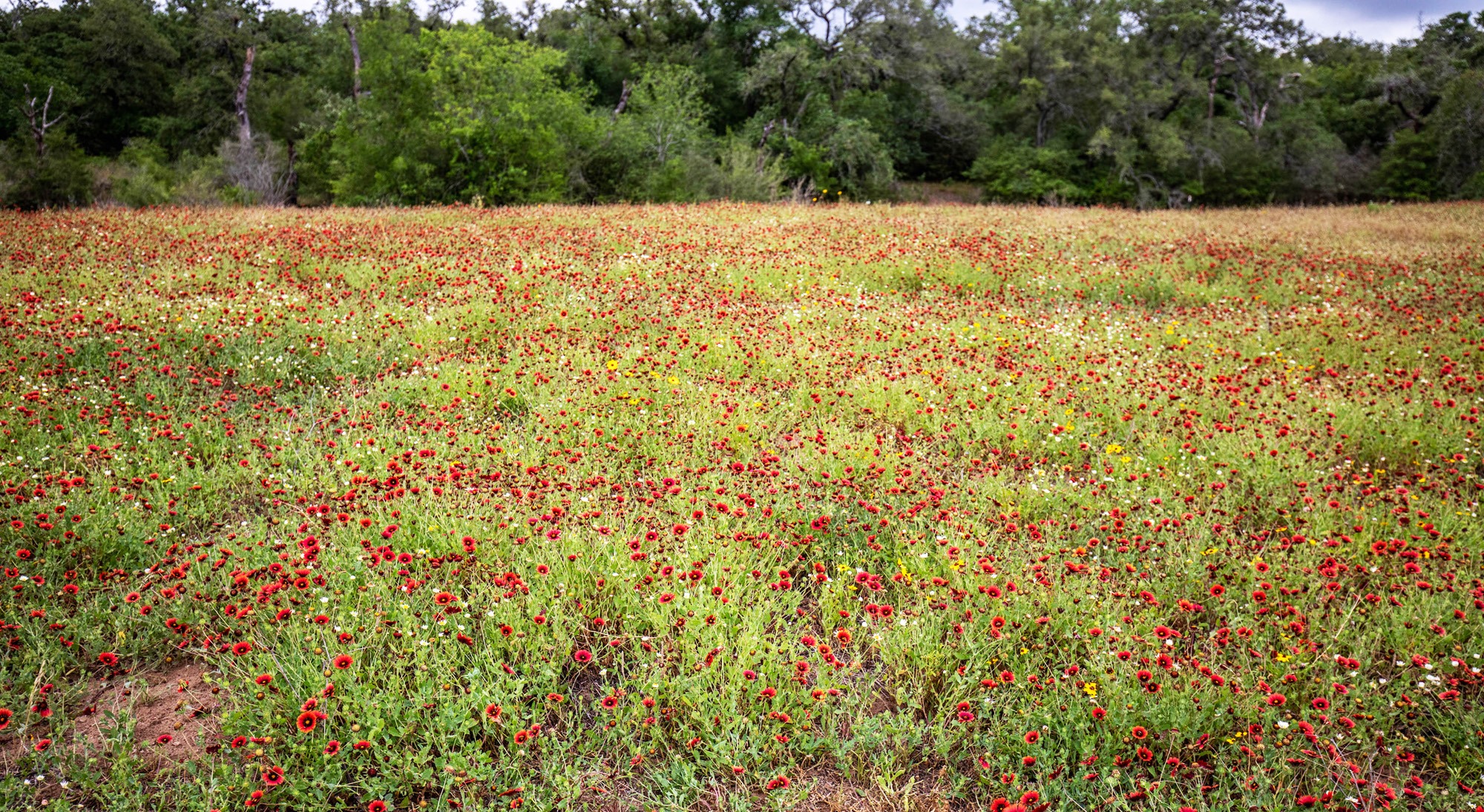
View all of Plateau Land Group’s listings.
Click here to receive Plateau Land Group’s newest listings by email.
News for Texas Landowners
Citizen Scientist Project Needs Input from Texas Residents
Blog by Adam Russell with Texas A&M AgriLife Extension
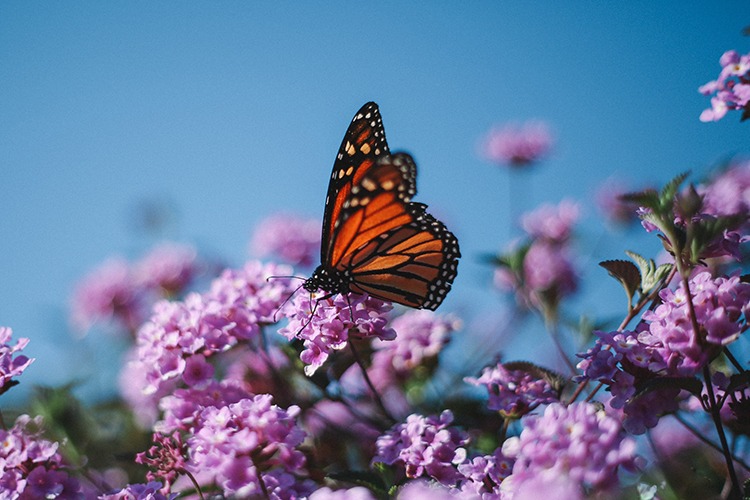
Texas A&M AgriLife Extension Service scientists hope you will join the ranks of Texas residents participating in a multi-state project to identify pollinator-friendly plants and ultimately help pollinator populations.
The Pollinator Citizen Science Project has been accepting new recruits for its second year as a volunteer-based information-gathering program.
The purpose of this project is to utilize volunteer “citizen-scientists” to determine the attractiveness of different commercially available annual and perennial ornamental plants to various pollinator groups in Texas and Oklahoma.
The project started as a collaboration between research and extension personnel at Texas A&M University, Tarleton State University…
Find These Central Texas Insects in Your Backyard
Article by for Austin 360
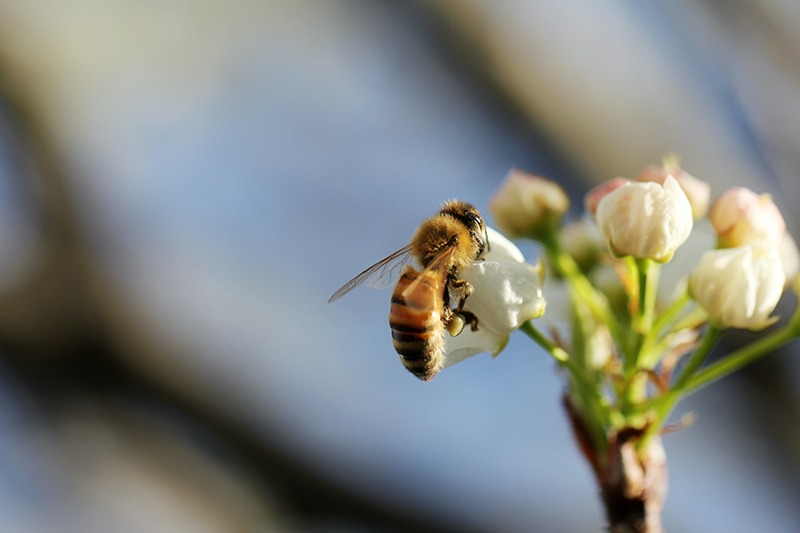
They creep, they crawl. You might love them or you might hate them, but you probably have a definite opinion about them. Some are downright beautiful and some are kind of icky, but beauty is in the eye of the beholder when it comes to insects.
If the thought of a beetle or a wasp sends you running for the hills, this is not going to be the story for you. Sorry. (Check out our bird guide from April.)
If you are fascinated by insects or if you have children who dig them, we’re here to help.
We asked Jo Holley and Alex Wild, husband and wife entomologists at the University of Texas, to give us the top 25 insects to look for in Central Texas…
Analysis: Coronavirus Could Threaten Local Property Tax Limits
Article by for The Texas Tribune

You haven’t heard everything yet: The coronavirus could ignite a fight over local government taxes in Texas.
A law passed less than a year ago requires cities and counties to get approval from voters any time they’re increasing property tax revenue by more than 3.5%. The old restriction was 8% — an increase that lawmakers decided was too generous, especially at a time when voters were boiling mad about rising property taxes.
They did leave open some exceptions, though. Local governments don’t have to seek voter approval for increases of more than 3.5% that are attributable to disasters.
It’s not limited to hurricanes and tornadoes, either.
The pandemic is a disaster, officially speaking. It says so right there in Gov. Greg Abbott’s mid-March proclamation…
Texas Parks and Wildlife Commission Approves Hunting Regulation Changes for 2020-21
Press Release by

Hunting regulations for the 2020-2021 season were approved by the Texas Parks and Wildlife Commission at its public meeting held online May 21. Hunters will see some hunting regulation changes this fall, including the implementation of automated processing of pronghorn and antlerless mule deer applications and permits, a decrease in the daily bag limit for scaup and a decrease in the daily bag limit for light goose during regular season.
The following modifications and clarifications to the 2020-21 Statewide Hunting Proclamation have been approved by the TPW Commission:
– Implement rules to administer an automated process for the application and issuance of pronghorn and antlerless mule deer permits…






Sorry, the comment form is closed at this time.